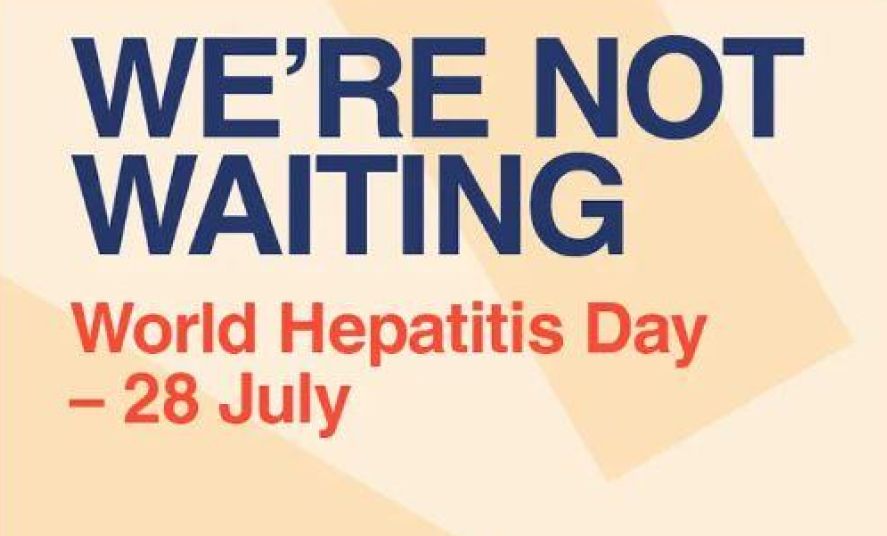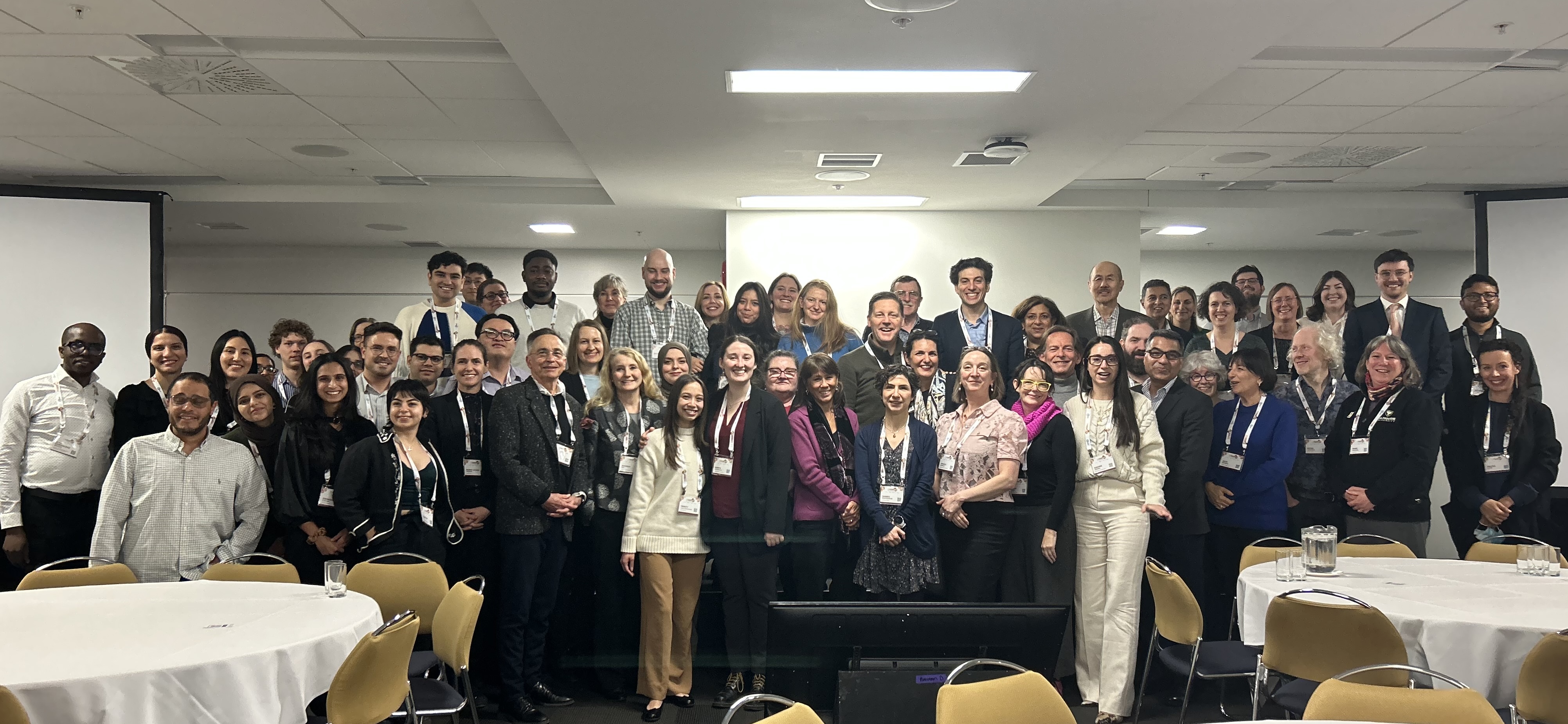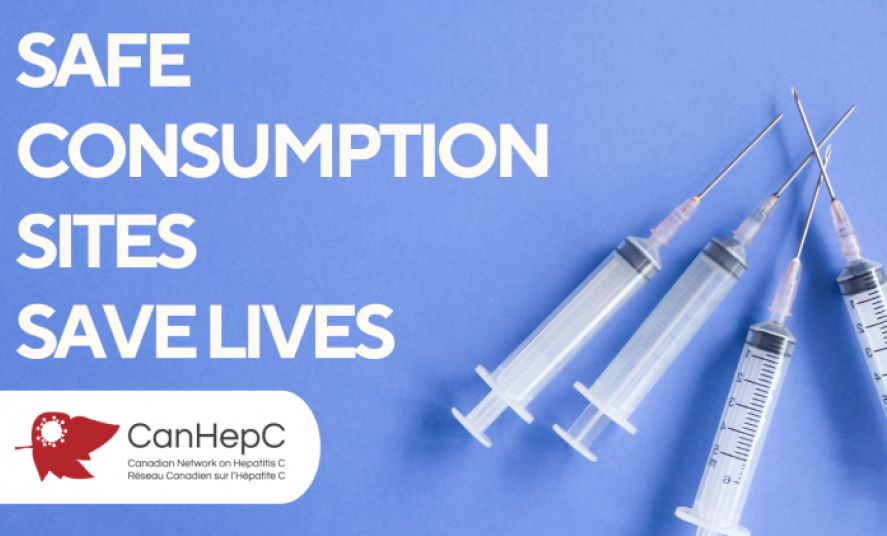
July 28 is World Hepatitis Day, a day to call for change and remember the million lives that are lost to viral hepatitis ever year.
CanHepC acknowledges and joins its voice to the World Hepatitis Day campaign under the theme ‘We’re not waiting’ to demand urgent action to accelerate efforts towards the elimination of viral hepatitis in Canada.
In 2016, the Canadian government endorsed the World Health Organisation (WHO) Global Health Sector Strategy for viral hepatitis and adopted its targets for eliminating hepatitis C as a public health threat by 2030 in their five-year action plan on sexually transmitted and blood-borne infections. These targets include reducing new hepatitis C infections by 90%, diagnosing 90% of hepatitis C infections and making sure 80% of eligible people receive hepatitis C treatment by 2030. Each of these targets are accompanied by an intermediate milestone, to reduce new hepatitis C infections by 30%, diagnose 30% of hepatitis C infections and treat 30% of eligible people for hepatitis C by 2020.
So, where is Canada on the path to elimination?
Recent Canadian hepatitis C estimates published by the Public Health Agency of Canada based on 2019 data have allowed us to track our progress against the WHO targets in the areas of prevention, diagnosis and treatment. These estimates show that in 2019, Canada met the 2020 targets for diagnosis and treatment with an estimated 76% of people who have ever had hepatitis C diagnosed, and an estimated 30% of people living with chronic hepatitis C treated. In terms of prevention however, Canada has largely missed the mark with only a 2% reduction in new hepatitis C infections in 2019. This shows that we need to drastically increase hepatitis C prevention efforts including access to life-saving harm reduction services as well as testing and treatment. Even if we have reached the 2020 target for treatment we are still a long way away from reaching the 80% treatment target by 2030, and it will be critical to continue to provide the support people need to be able to access treatment. We also know that the COVID-19 pandemic has impacted access to hepatitis C prevention, testing, and treatment services, and post 2020 estimates will be important to have a more accurate picture moving forward.
Access to updated pan-Canadian hepatitis C estimates every year is essential to track our progress in the lead-up to 2030. Regional-level estimates are equally important as we know that the steps taken by Canadian provinces and territories towards elimination diverge as shown in this article where authors determined that 3 out of 10 provinces in Canada are off track to reach elimination by 2030.
Hepatitis can't wait, and we are not waiting to help regions develop their plans.
On the regional stage, CanHepC is facilitating the development of six regional hepatitis C elimination roadmaps (and one national Indigenous peoples roadmap) which will contextualise the national hepatitis C Blueprint launched by the network in 2019. These roadmaps aim to build consensus on policy recommendations and practical actions to put in place to eliminate hepatitis C and track regional progress. Their development is currently underway, with the roadmap for Ontario just recently launched.
Through our research program, we also contribute to the development of indicators and measures of the care cascade in several provinces in Canada as well as for the populations concerned based on modeling studies using epidemiological and administrative data. These studies allow us to get a clearer picture of the gaps and measure our progress in the areas of hepatitis C prevention, diagnosis and treatment. Combined with updated pan-Canadian and regional hepatitis C estimates, we will be better able to understand where are the specific areas we need to focus efforts on going forward.









